In 2013, or about four years ago we were introduced to the Intel Atom C2000 series. With a 25w maximum TDP, up to eight cores and up to four 1GbE NICs, it became the de-facto standard for 1-8 bay NAS units. Today we have a low power NAS from Supermicro based on the next generation Atom C3000 series codenamed “Denverton”. The Supermicro SYS-5029A-2TN4 has the Intel Atom C3338 powering the system. In this review, we are going to take a look at the system.
Test Configuration
For this system, we configured a fairly minimal setup so that we could get power numbers without 3.5″ hard drives.
- Barebones System: Supermicro SYS-5029A-2TN4 with Intel Atom C3338
- Motherboard: Supermciro A2SDi-2C-HLN4F
- Chassis: Supermicro SC721TQ-250B
- Memory: 16GB Crucial DDR4-2133 RDIMM
- SSD: Intel DC S3710 400GB
- OSes Tested: Ubuntu 14.04.5 LTS, 16.04.2 LTS, CentOS 7.3, FreeNAS 9.10.2, FreeBSD 11
We had a single 16GB RDIMM available so that is what we used. We should note that the Intel Atom C3338 is a single-channel memory controller that supports up to 64GB RAM (2x 32GB DDR4-1866 RDIMMs.) We feel that 16GB given this CPU, and small system, this is a realistic configuration.
We did want to note that the hardware support in OSes made installation slightly more challenging. This is similar to what we see with every new embedded NIC so it was expected. You can read about how to get this working in our piece: Day 0 with Intel Atom C3000: Getting Intel X553 NICs Working.
Supermicro SYS-5029A-2TN4 Overview
In terms of the exterior of the chassis, it is a small chassis measuring only 240x210x279mm. As far as small servers go, it is both good-looking as well as functional. The lock across the front of the chassis ensures that drives are not improperly removed. It turns out that in SMB settings, drives being stolen from NAS units is a quite common issue.
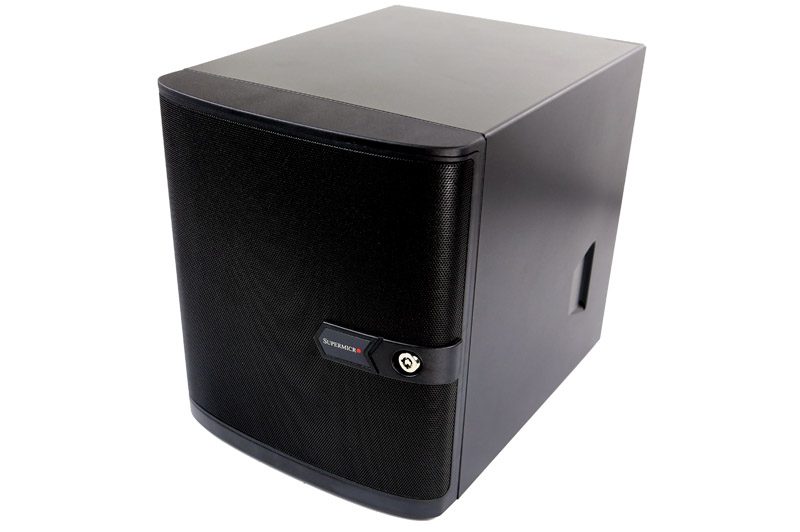
Inside the chassis, there are four 3.5″ hot swap bays. Each drive caddy uses the standard Supermicro 3.5″ drive tray. That means you can pull a drive from the chassis and transition it to a rackmount server quickly.
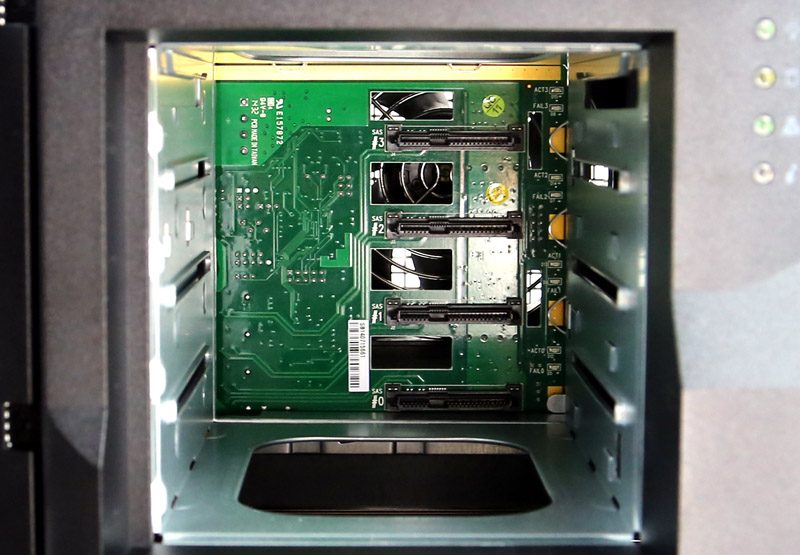
Aside from the four hot swap 3.5″ bays, there are two 2.5″ drive mounting points on the top and the side of the chassis. This allows one to easily add up to six SATA devices including two 2.5″ SSDs for caching.
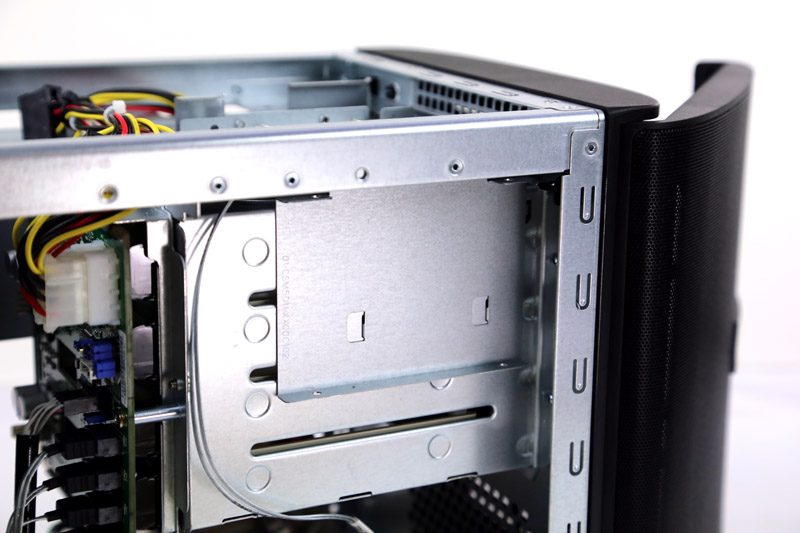
The motherboard is passively cooled. The only fan in the chassis it the rear fan which allows the unit to run very quiet. You can also see features such as an m.2 slot, a PCIe slot and an intern USB 3.0 type A header.
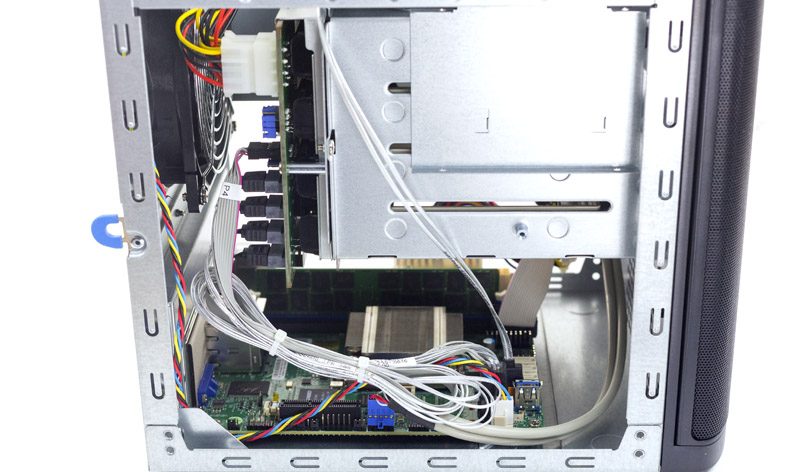
The internal I/O is configurable via BIOS settings so you could use more PCIe lanes for the m.2 slot or have more SATA ports for example.
In terms of rear I/O there is a legacy VGA port and two USB ports. There are five RJ-45 ports, four are the Intel Atom C3338 onboard 1GbE NICs and one as an IPMI/ management interface.
You can read more about the system on its official spec page here.
Management
The management solution for the Supermicro SYS-5029A-2TN4 is a standard Supermicro IPMI interface. That gives hardware information, sensor readings, remote power on/ power off as standard IPMI features.
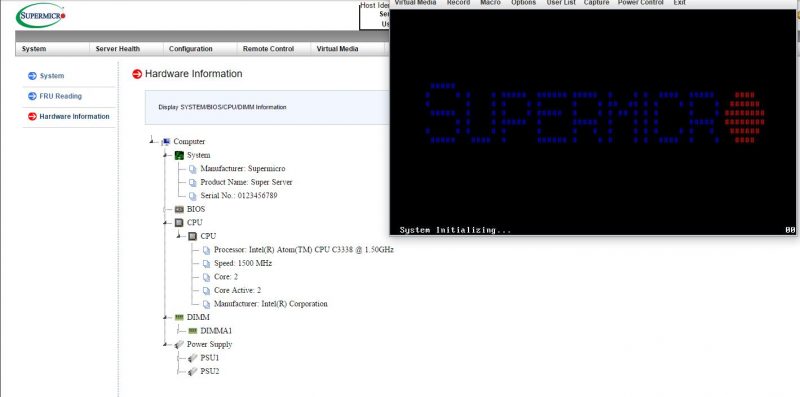
One also has access to remote iKVM functionality with remote media support. Unlike with HPE, Dell, and Lenovo offerings, this functionality is standard and does not require an additional license.
Power Consumption and Noise
We used our Extech TrueRMS power meters to measure total system power consumption at the wall. We are also using 120V power since we expect this system to be in branch offices, retail locations or homes rather than in datacenters.
- Idle: 22w
- Average Workload: 25w
- Max Observed: 27.3w
In terms of the idle power consumption, the biggest driver is not the CPU. Instead, it is more of a function of the other motherboard devices (e.g. the ASPEED BMC), chassis fans, SSD, and the power supply. The actual CPU sips power.
In terms of sound levels, the system stayed below 29dba during testing and was very quiet. The chassis does not have the best airflow but on a low power platform such as this, it is sufficient.
Intel Atom C3338 Performance
Powering the Supermicro SYS-5029A-2TN4 is an Intel Atom C3338 CPU. We published more extensive benchmarks of the Intel Atom C3338 but wanted to highlight a few key figures just to show some of the performance improvements. If you want to see a more in-depth overview, here are our official Intel Atom C3338 benchmarks. With two cores the C3338 is not the fastest, instead, it is meant to be a low-cost, low-power chip.
OpenSSL is an area that we see a large improvement from the new generation C2000 series. We are using RSA4096 which may get changed in our next Linux-Bench revision, however for these purposes, it provides a good point of comparison. Here are the sign tests from our previous article:
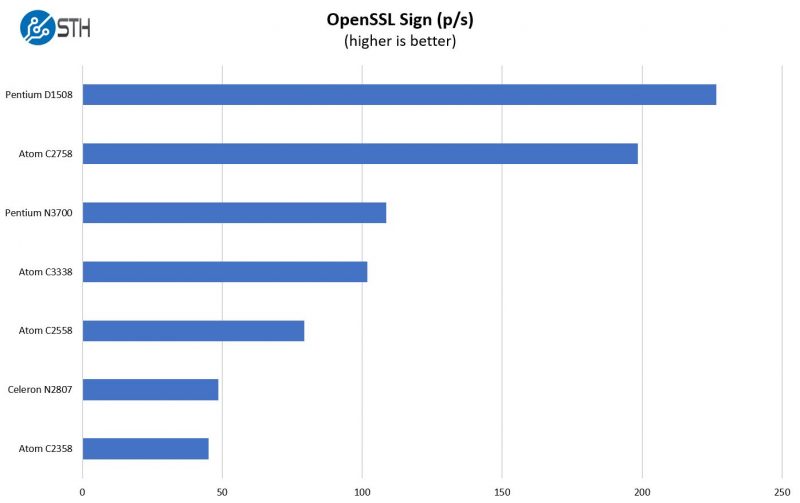
Here you can see that the dual core Intel Atom C3338 provides about double the performance of the previous generation dual-core C2358 CPU and even outpaces the quad core part by a significant margin. OpenSSL is important as it is a fundamental security technology underpinning internet encryption.
We also wanted to highlight a compute heavy workload, compiling a Linux kernel. Here you can see significantly more performance than the previous generation dual core model.
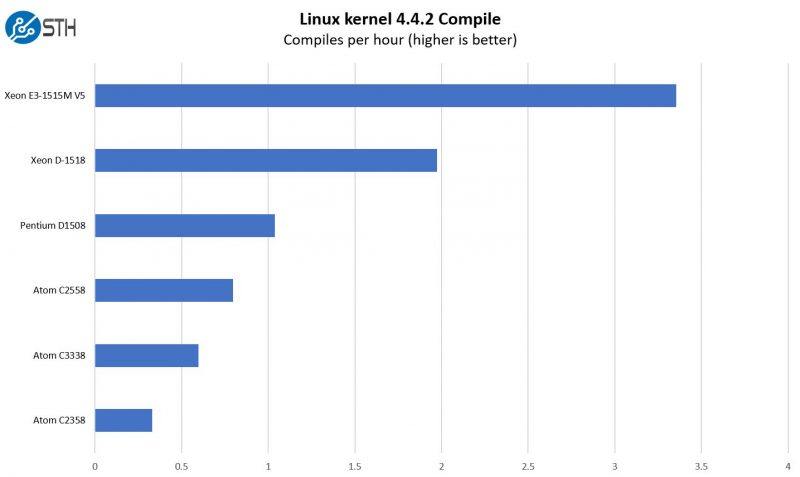
Overall, this is not a CPU we would recommend for the desktop, nor for heavy CPU oriented storage tasks (e.g. de-duplication.) However, if your goal is to run a simple edge computing device with some storage, we like the Intel Atom C3338.
Final Words
If you are looking for a 1GbE NAS unit, this is a great option. The performance is well above the previous generation dual core and sometimes quad core models. The ability to maintain a low power profile will help ROI.
Over time, we expect to see better support for the X553 NIC. The major competition for this unit will be when the higher core count variants come out and iterations that support 10GbE.
In many environments, this is going to be a perfect NAS/ network services platform. If you wanted a simple 1GbE Linux NAS or caching appliance, the Supermicro SYS-5029A-2TN4 should be high on your list.

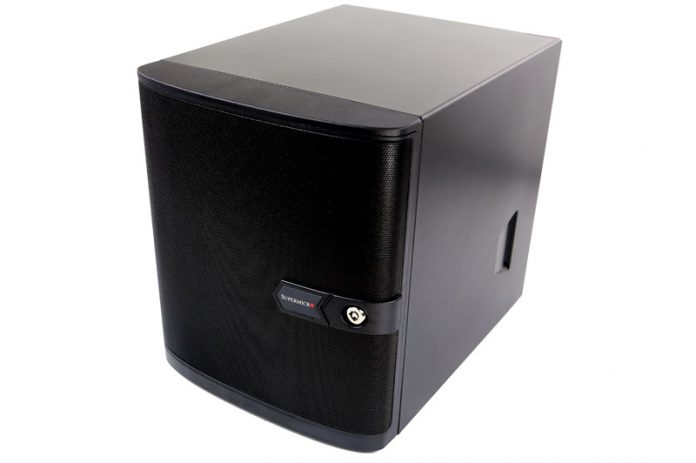



That chassis looks a lot like the Silverstone DS08B. Coincidence?
If you are thinking the DS380B, the SC731 is a much smaller chassis (I own both personally).
Hi Patrick, any idea how much this will cost?
My sense is $400ish but I do not have an official MSRP.
Thanks Patrick! I will keep following the site for more information.
My understanding is that the A2SDi-2C-HLN4F *doesn’t* have an M.2 slot. Can you confirm?